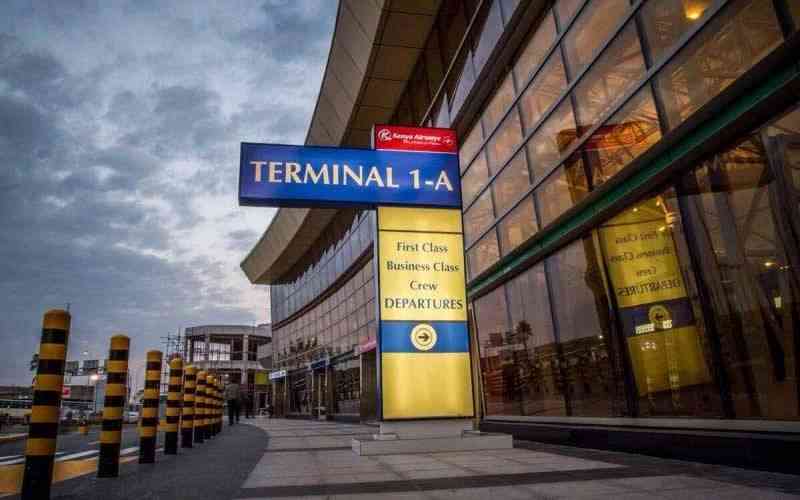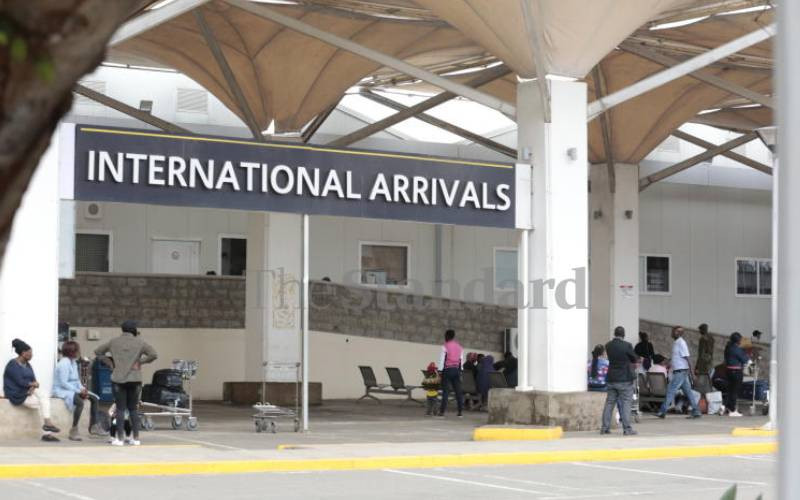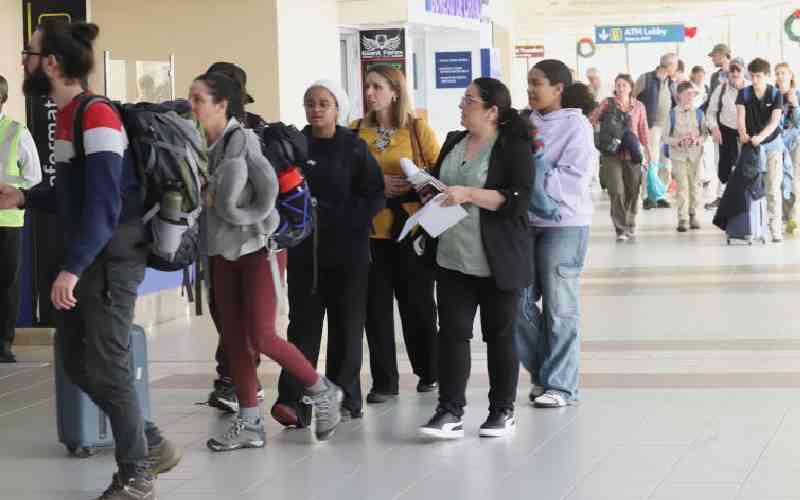Ethiopia has beaten Kenya to become the regional aviation hub, as it continues to capitalise on its thriving national airline and airport infrastructure.
Data compiled from airline industry reports indicate Addis Ababa is set to overtake Johannesburg next year in the overall volume of international travellers.
In the period between January and August this year, Addis’ Bole International Airport recorded a 17 per cent increase with the airport’s capacity sitting at almost 6.2 million absolute airline seats.
Johannesburg’s OR Tambo International Airport retained its lead, with the number of absolute seats rising by a marginal one per cent to stand at 6.6 million.
“With a scheduled growth of 15 per cent for the next four quarters, Addis Ababa will enjoy a similar volume of international seats, or even surpass Johannesburg in international capacity,” reads a report from aviation industry think tank, Forward Keys.
Nairobi’s Jomo Kenyatta International Airport (JKIA) was ranked third in capacity with 4.1 million absolute seats in the last eight months. JKIA, however, recorded no growth in international capacity, with growth over the next year expected to be a marginal two per cent.
In addition to commanding a lead over international air traffic into the continent, Addis Ababa is shaping up as the leading travel hub for intra-African air transport. In the last eight months, the country’s airport capacity stood at 3.2 million absolute seats. This figure is expected to grow by 22 per cent over the next one year as the country benefits from its 71 destinations across Africa.
Johannesburg was ranked second in capacity of intra-African air travel, with about 3.8 million absolute seats, a figure that is expected to remain stagnant into the next year.
The steady growth of Ethiopia’s aviation sector is positioning the country to command a huge slice of future profits from the liberalisation of the intra-African airspace.
The International Air Transport Association (IATA) recently undertook a study into air transport from the 12 major African aviation markets. These are clustered around the four main hubs; North Africa (Algeria, Egypt, Tunisia), East Africa (Ethiopia, Kenya, Uganda), South Africa (Angola, Namibia, South Africa) and West Africa comprising Ghana, Nigeria and Senegal. IATA states that airlines from these countries are losing billions of dollars in forgone revenue, with the existing airlines losing money owing to depressed ticket sales.
“In total, traffic flows between the 12 countries are projected to increase by 81 per cent, from 6.1 million passenger movements in 2013 to 11 million after liberalisation,” says IATA. “This represents several million passengers who can now travel by air, but who are currently unable to do so for reasons of cost, flight availability, or convenience.”
According to Dr Adefolake Adeyeye, a research fellow at the NTU-SBF Centre for African Studies in Singapore, there is adequate demand within the continent to sustain a liberalised airline market.
“Various key drivers of growth in the air transport sector are prevalent in Africa, including urbanisation and intra-regional trade, which have been identified as reasons for the growth of intra-regional traffic between African countries,” Dr Adeyeye says.
 The Standard Group Plc is a
multi-media organization with investments in media platforms spanning newspaper
print operations, television, radio broadcasting, digital and online services. The
Standard Group is recognized as a leading multi-media house in Kenya with a key
influence in matters of national and international interest.
The Standard Group Plc is a
multi-media organization with investments in media platforms spanning newspaper
print operations, television, radio broadcasting, digital and online services. The
Standard Group is recognized as a leading multi-media house in Kenya with a key
influence in matters of national and international interest.
 The Standard Group Plc is a
multi-media organization with investments in media platforms spanning newspaper
print operations, television, radio broadcasting, digital and online services. The
Standard Group is recognized as a leading multi-media house in Kenya with a key
influence in matters of national and international interest.
The Standard Group Plc is a
multi-media organization with investments in media platforms spanning newspaper
print operations, television, radio broadcasting, digital and online services. The
Standard Group is recognized as a leading multi-media house in Kenya with a key
influence in matters of national and international interest.








